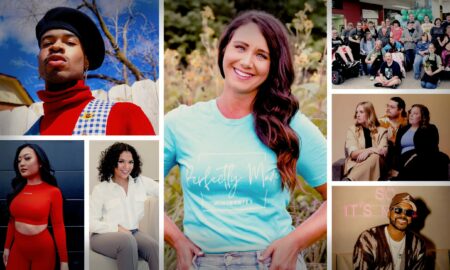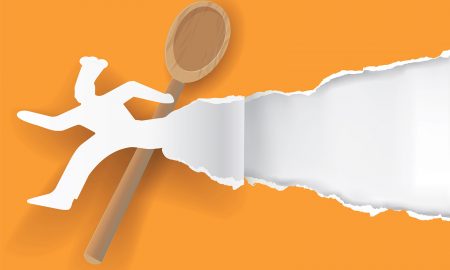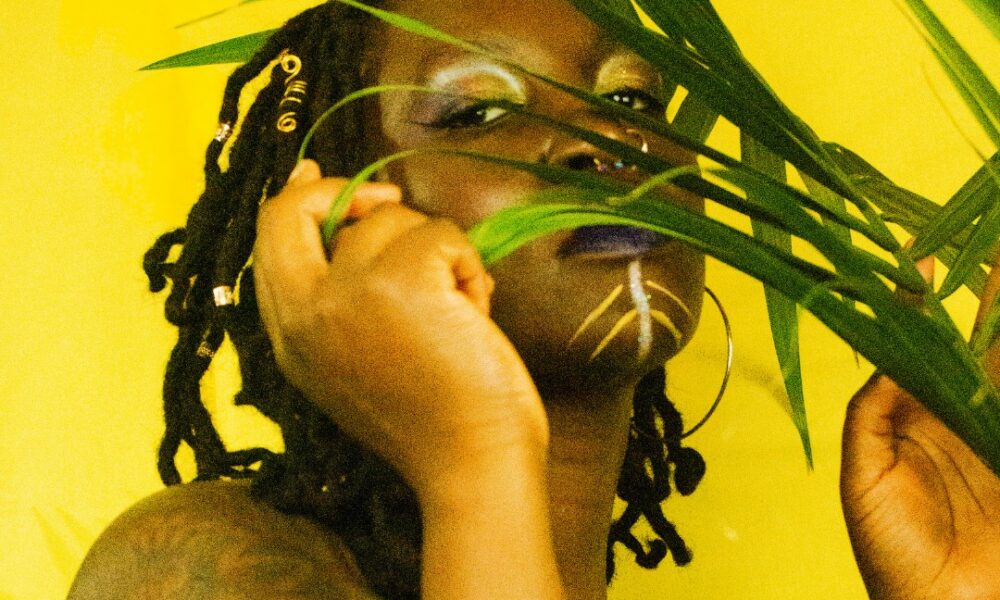

Today we’d like to introduce you to Atim Opoka.
Hi Atim, can you start by introducing yourself? We’d love to learn more about how you got to where you are today.
How I started is really with my family. They really help build the foundation for my creativity. We are immigrants from Uganda, we are Acholi from the Lou people. In our culture music and dance is centered on building community. I believe that is true for many other African cultures as well. My family moved to Sioux Falls, SD around 1995. At the time there was a huge influx of African immigrants settling there. One of the ways all these different groups started building community was by having parties, dinners, and events. To get to know and understand each other.
I just love the way music would bring people together. I loved the way melodies would make me feel and the beat and rhymes would force my body to move. I wanted to do that. I always knew I wanted to be an artist. Ever since I was five. Epsicasll when I saw Shania Twain perform live on TV. I knew right then that is what I wanted to do. My dad had a huge tap and cd collection. Everything from techno to country, reggae to blues, etc. We listen to everything. My dad had invested in a sound system for our house. My mom was a traditional dancer, she taught my sister how to dance and listen to the rhythm. But most importantly how to listen to and feel the music, even if we didn’t understand it. Because my parents didn’t teach us our native language. I thought we wouldn’t experience as much xenophobia if we didn’t sound like them.
My sister, cousin, and I would often create dances, and write songs, skits, and little music videos. They were technically my first collaborators. A lot of fights would happen to try to agree on who should lead, and which ideas should make the cut. I was also very lucky to meet a lot of creative people very early in my life. A lot of my friends growing up were creatives.
Alright, so let’s dig a little deeper into the story – has it been an easy path overall and if not, what were the challenges you’ve had to overcome?
No. Not at all. It was not an easy path to become the artist I am today. Sioux Falls, SD at the time didn’t have any type of live music scene. It’s also pretty segregated and I never saw people like me in positions of power. I did see myself represented. I knew it was possible to be an artist, because of the artist that I would see on TV. But they seemed so far removed from me. Most of the Women artists weren’t as dark as me. So I knew it was possible, I just didn’t have a road map. So I join every music class I could. I was really lucky. At the time my elementary school turned into an Arts + school. It was the first of its kind in Sioux Falls. Meaning it was now offering drama, music, and dance. Throughout grade school, I was in choir, band, orchestra, theatre, and show choir growing up. Trying to learn everything I could about music through school or after-school programs. We didn’t have a lot of money so I couldn’t ever take professional lessons like dance, singing, acting, etc. So a lot of us kids would teach ourselves. Created dance groups and learn from each other. It was trial and error on how your peers perceived you.
Also once you start 6th or 7th grade. A lot of adults try to persuade you to look into other careers. That being an artist is unrealistic. The older you get the more blunt people are. I didn’t have a lot of people who believed in me or saw what I saw in myself. Even family members, though I was insane for thinking I could try to make a living making art.
And that really sucked. Especially being an African immigrant, there is so much pressure to become doctors, lawyers, engineers, professors and etc. Because our parents went through so much pain and suffering to get us to this country.
Was I the most talented person? No? But I always strive to learn and challenge myself to be my best self. So as I graduated I knew I need to get out of Sioux Falls if wanted a chance. I moved to the Twin Cities to go to college for music performance.
Thanks for sharing that. So, maybe next you can tell us a bit more about your work?
I believe in the power of storytelling. What stories live in the same world as we do and carry so much information? It is one of the oldest art forms. It was also and is still used to pass down generations of information. That if we listen to sounds around us, the stories would just unfold. The power of imagination, and being able to dream. To let your mind wonder, and your heart feels. That is how I create my stories. Whether they be songs, scenes, music, or with bodies. Allowing yourself to be open to all emotions, and all stories.
As a Songwriter, Vocalist, Composer, Producer, Actress, and Teaching Artist, she is inspired to share authentic stories. She believes that everyone has the power of being an artist. Storytelling is a birthright. It all depends on the environment that surrounds the individual.
I love music, and I love creating an environment for sounds. That is where I use my skills in songwriting, producing, and composition. I love improving and devising theatre. I am currently exploring mixing these different skill sets in the project “Bloom when I outa Bloom part 1: Roots” Which is a part of the Works in Projects program produced by The Red Eye Theatre. The show will go up in May.
Alright so before we go can you talk to us a bit about how people can work with you, collaborate with you or support you?
I love collaborating with artists. Reach out to me via social media or email https://linktr.ee/atimopoka.
Support listening to my music on Bandcamp! or coming out to shows. I’d love to meet ya.
Contact Info:
- Website: www.atimopoka.com
- Instagram: https://www.instagram.com/atimopoka/
- Youtube: https://www.youtube.com/@atimopoka
- SoundCloud: https://soundcloud.com/atimopoka/tracks
- Other: https://linktr.ee/atimopoka
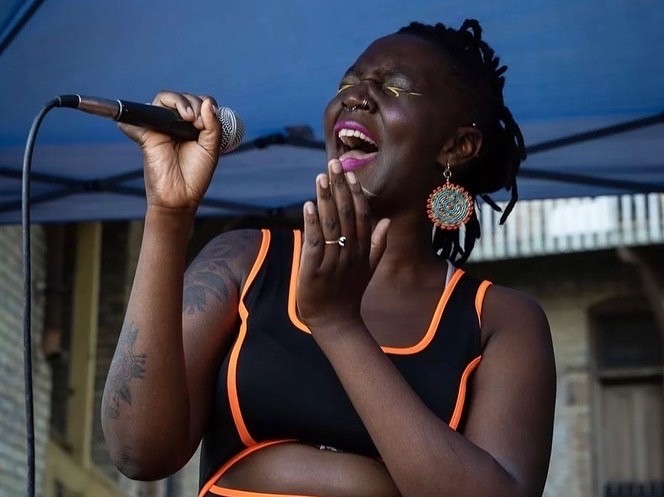
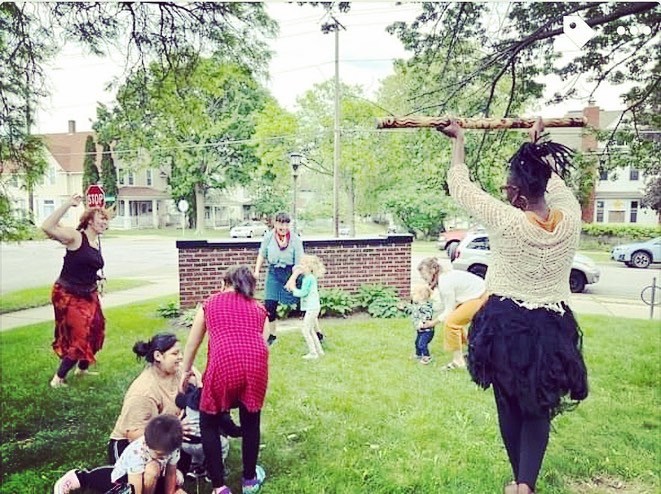
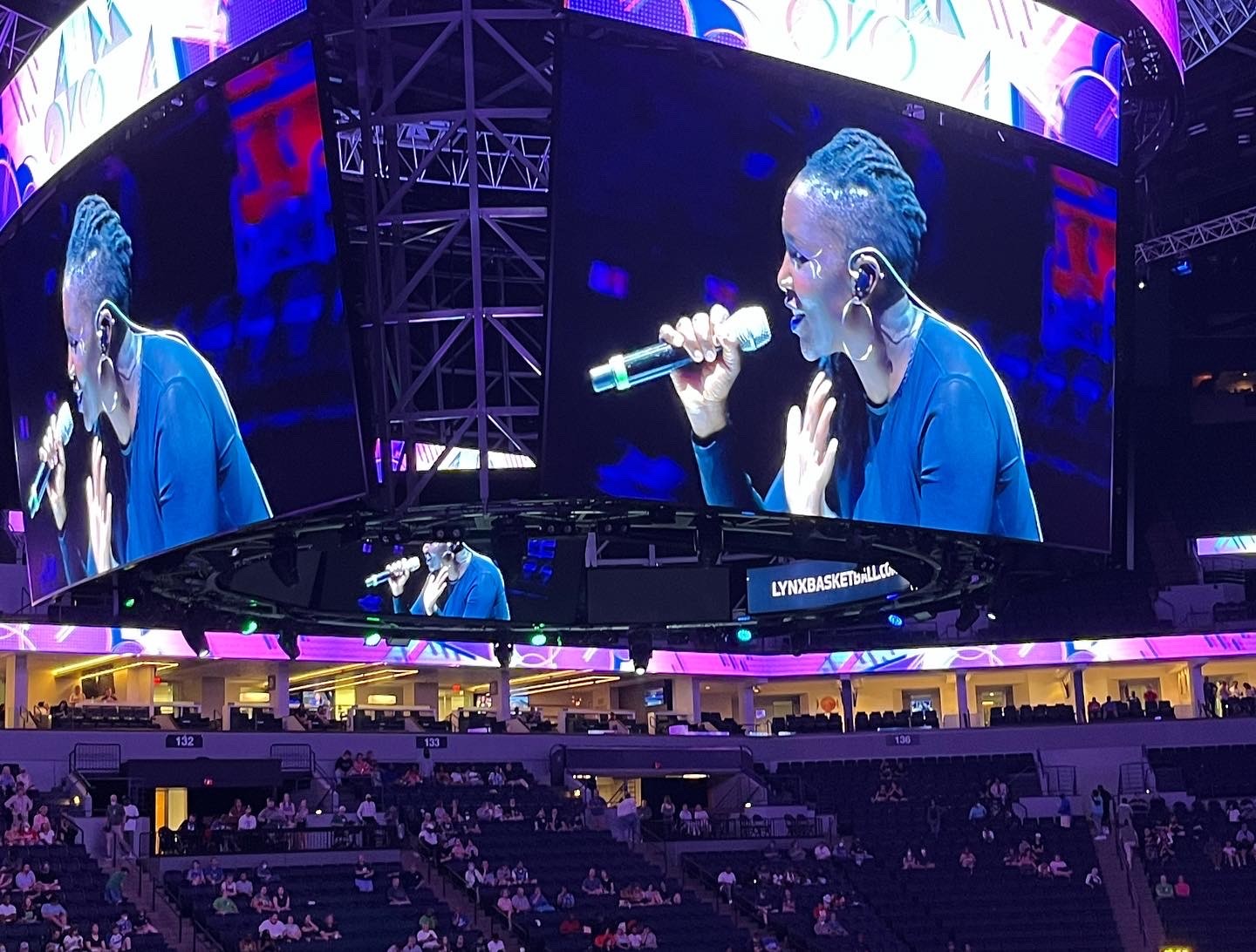
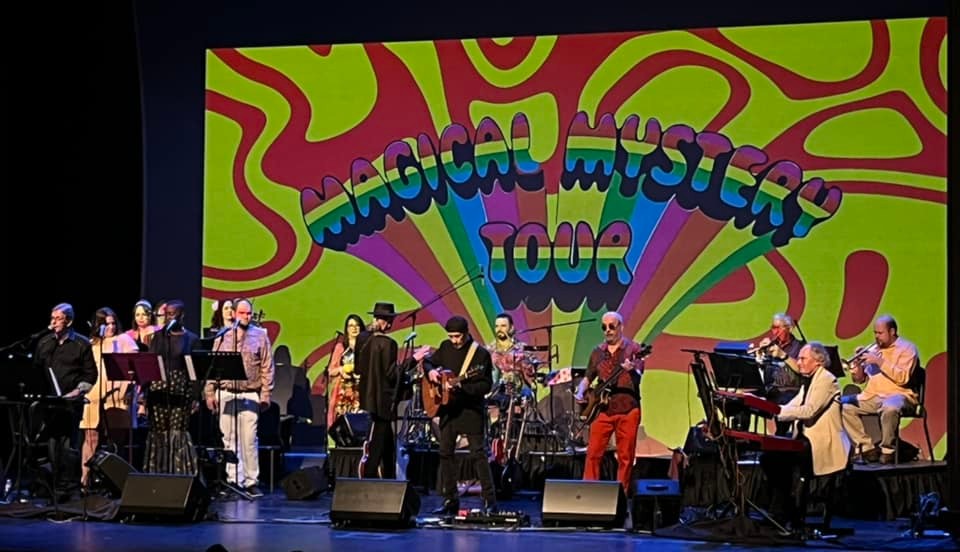
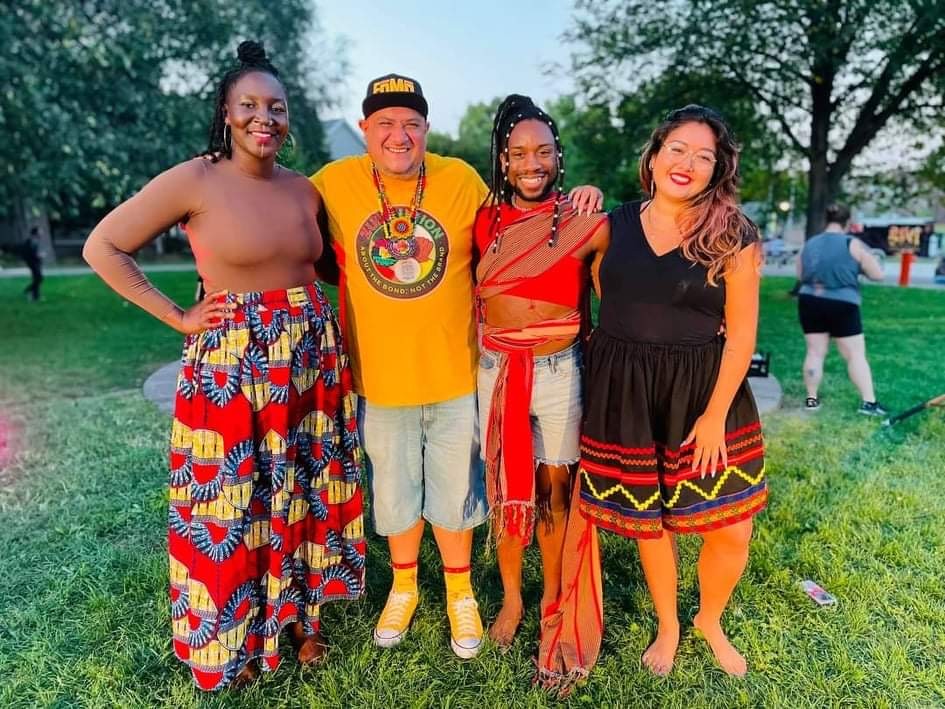
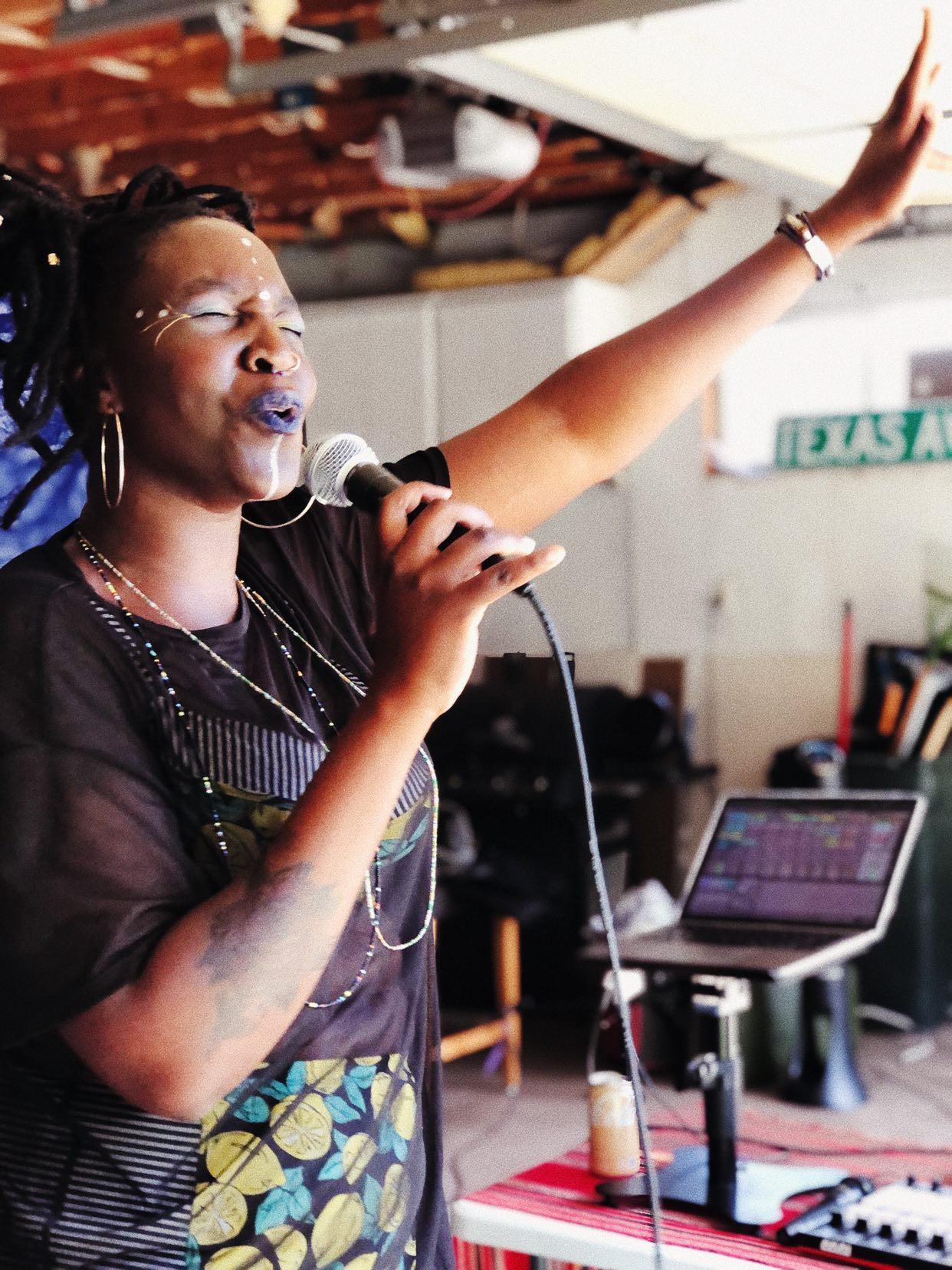
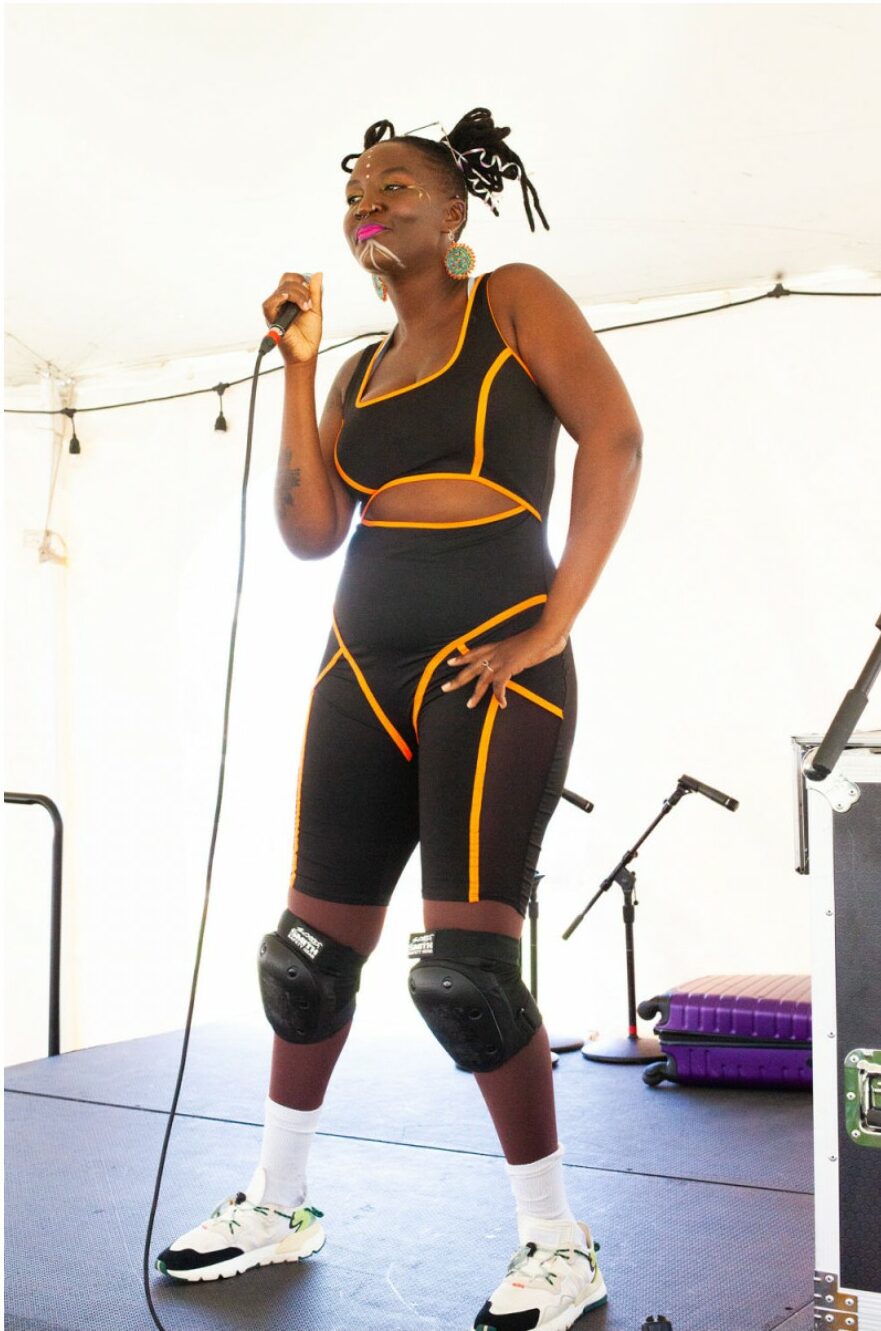 Image Credits
Image Credits
Jade Patrick, Lola Red, Stone Arch Bridge Festival, Ours Space is Spoken for: Twin Cities Media Alliance, Earth Whisphers – Lindsy Samples, and The Fab 6: Beatles Tribute Band

